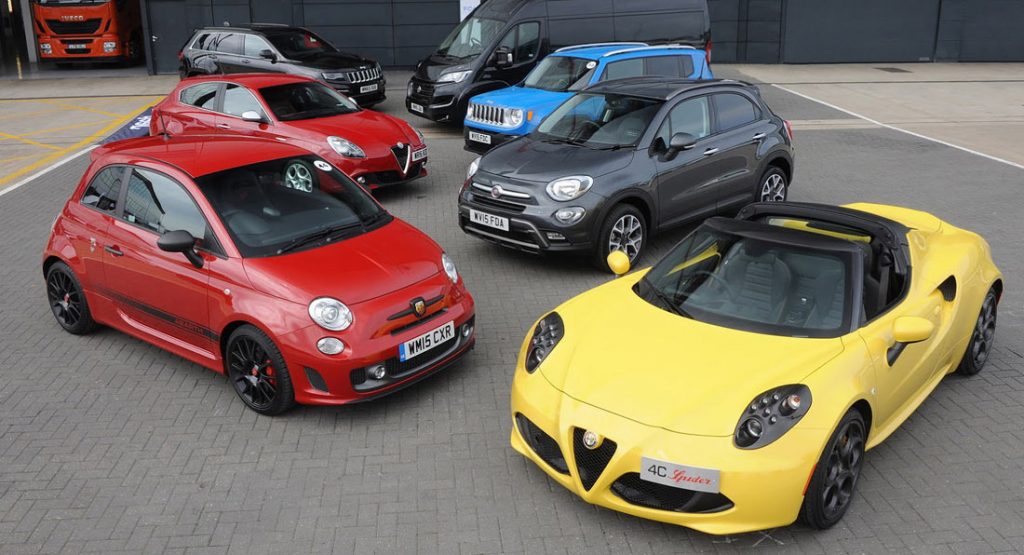Consolidation within the automotive space shows no signs of stopping and according to data and analytics company GlobalData, will continue through 2020.
The final quarter of this year has been marked with the huge alliance formed between PSA Group and Fiat Chrysler Automobiles (FCA) to create the world’s fourth-largest automaker. The former head of FCA, the late Sergio Marchionne, had been seeking to align with another car manufacturer for a long time and, earlier this year, FCA almost joined forces with Groupe Renault.
GlobalData automotive editor David Leggett says the merger between PSA and FCA shows the increased importance of economies of scale.
Auto Juggernaut: FCA Passenger Cars Reportedly Switching To PSA Platforms
“The planned merger between these two big vehicle makers is not over the line yet, but they have moved rapidly to get to this agreement,” he said. “The deal also highlights the importance of scale and shared investment in expensive advanced technologies – such as electrification and autonomous drive – as the auto industry faces up to transformation over the next ten years.
“Scale economies are key drivers. Some two-thirds of production volumes in the larger FCA/PSA entity will be concentrated on two vehicle platforms with around three million cars each year built on each of the small platform and compact/mid-size platforms.”
Earlier this week, Isuzu Motors and Volvo Group signed a non-binding Memorandum of Understanding to form a strategic alliance in the commercial vehicle space. As part of the alliance, Volvo will sell its UD Trucks business to Isuzu for $2.3 billion.
According to Leggett, this is “another move that has been prompted by broader industrial trends and the identification of savings that can flow from greater scale and complementary geographical presence and product lines.”
“GlobalData’s analysis of the industry suggests that we will see more strategic collaborations in the auto industry in 2020 as competitive conditions intensify and companies come under increasing pressure to take action to both control costs and position for transformational change in mobility and the structure of the automotive industry.”




